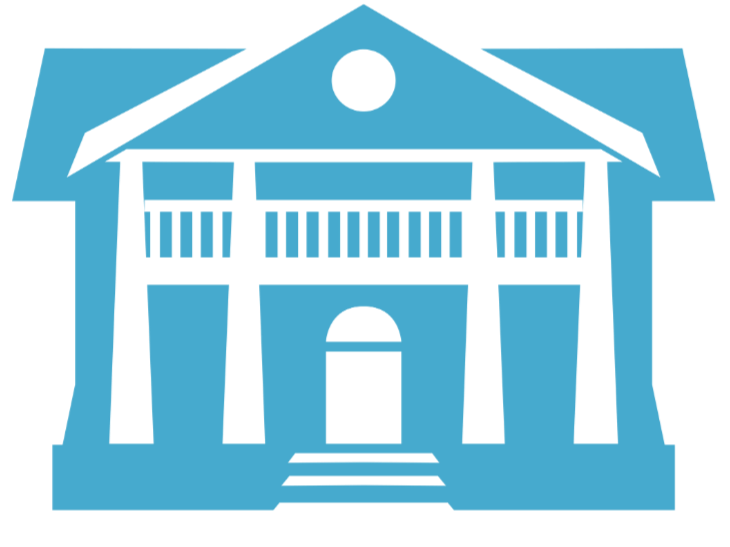The Story of the Gloves of Love
Did you know that the story behind surgical gloves is a love story? It began, if one wishes to trace its farthest origins, with Joseph Lister, who popularized aseptic surgery in the 1860s and 1870s. Lister insisted that doctors and nurses should wash their hands in carbolic acid, and this idea was then adopted by Dr. William Stewart Halsted at Johns Hopkins Hospital in Baltimore. Halsted had surgeons and nurses wash their hands with soap, then a solution of potassium permanganate, a hot oxalic acid bath, and a mercury-chloride compound. It was from this chemical soup that love would spring.
Dr. Halsted worked often with a nurse named Caroline Hampton, who he praised as “unusually efficient” during operations. When she came to him in 1889 and told him she was quitting because of the extensive damage the chemicals were doing to her hands, Halsted took action to help her keep her job. When a coating of collodion on her hands did not work, Halsted wrote to the Goodyear Rubber Company and requested that they make a custom pair of rubber gloves for Hampton. They worked beautifully, and Hampton stayed on at the hospital. After returning from a vacation, Halsted found that most of the rest of his staff had also had rubber gloves made for themselves and were using them during operations. Joseph Bloodgood, a surgeon at Johns Hopkins, found that gloves radically reduced the risk of infection to patients, and thus surgical gloves were born and soon spread to other hospitals.
William Stewart Halsted and Caroline Hampton were married soon after he gave her the gloves, and by all accounts they had a loving but strange relationship. They respected each other deeply though they were so different in their ways-- Halsted was a very particular, somewhat extravagant man and Hampton a frugal, practical woman. They remained together until Halsted’s death in 1922.
About the Author
Shaelyn Ryan (Collections Technician/Assistant 2022)
Shaelyn Ryan is a recent graduate of Queen’s University, having completed her Bachelor’s degree in History in 2021, and is returning to Queen’s in the fall to pursue a Master’s degree in History. Either as a Summer Student or Work-Study Student through Queen’s University, Shaelyn has helped catalogue and research many of the museum’s collection of artefacts as a Collections Technician (since 2018).
Click here to see more posts from our students, staff and volunteers


